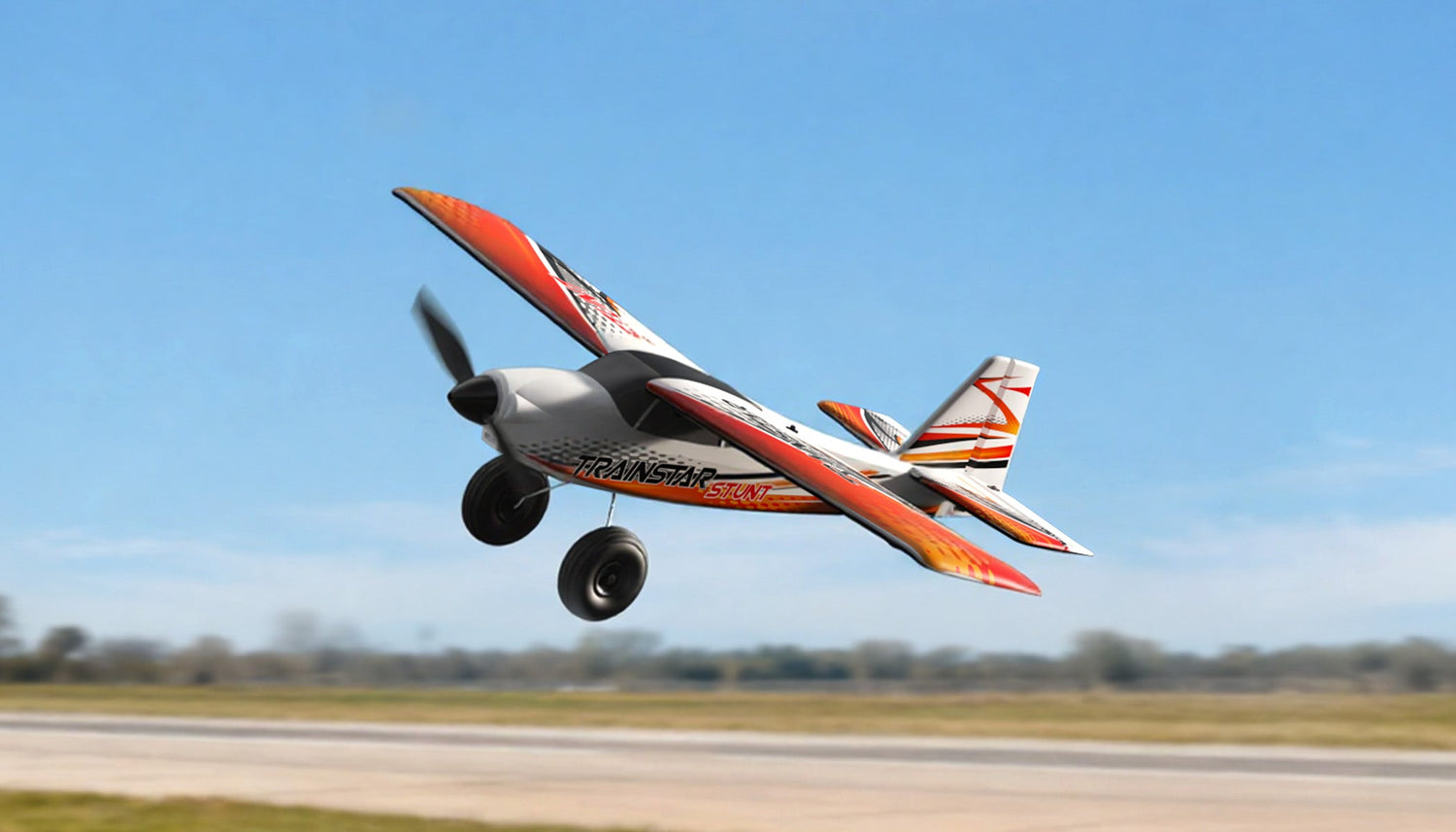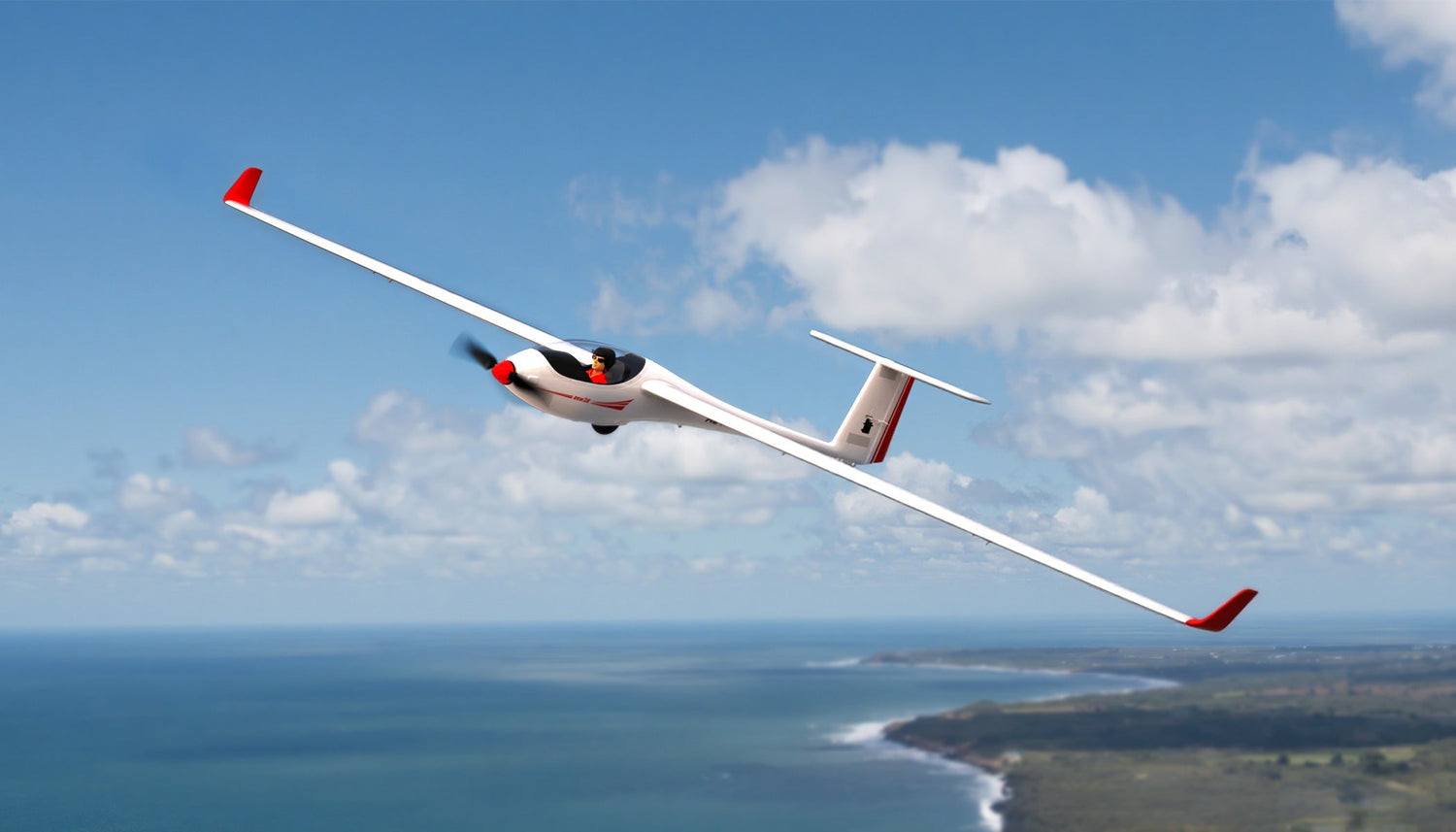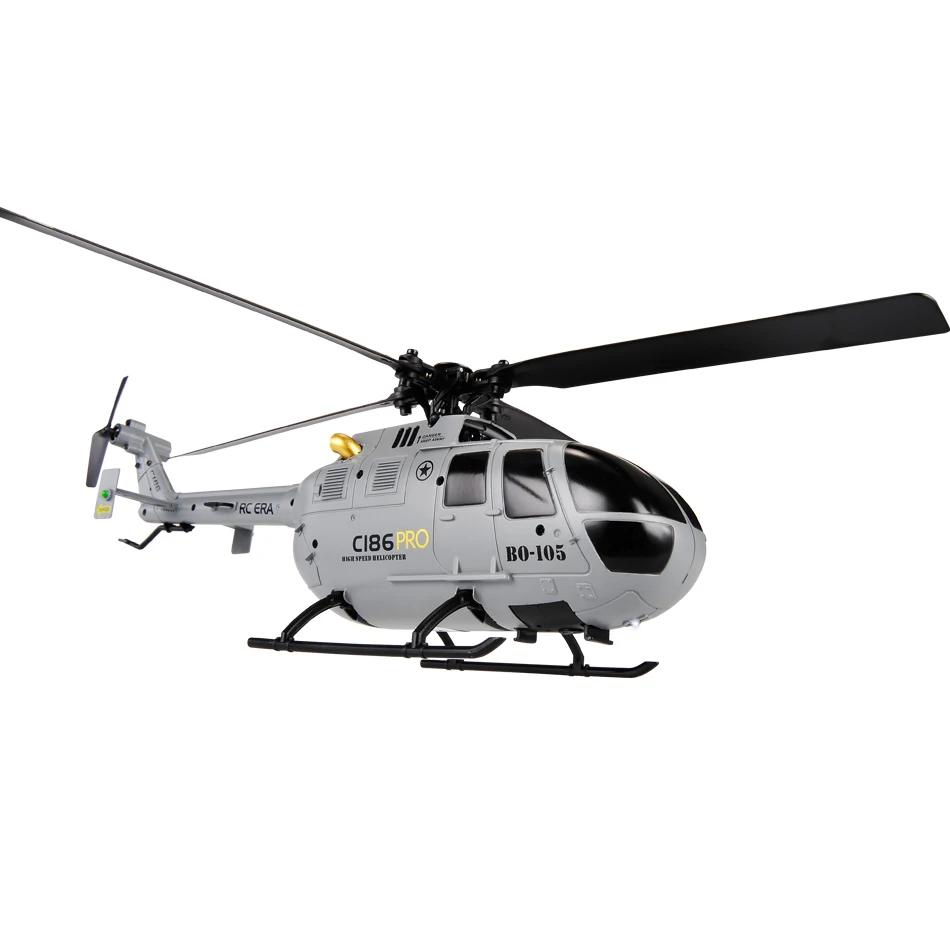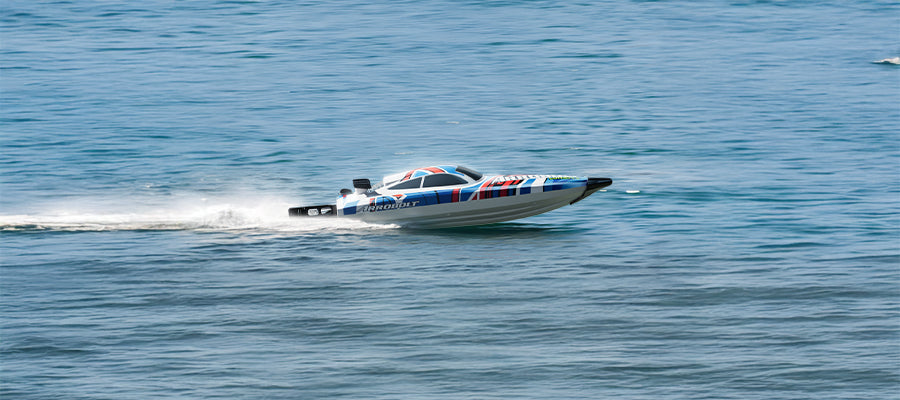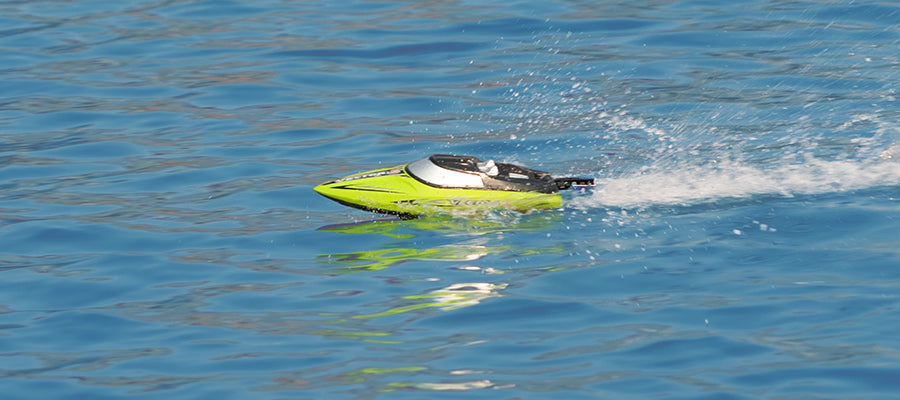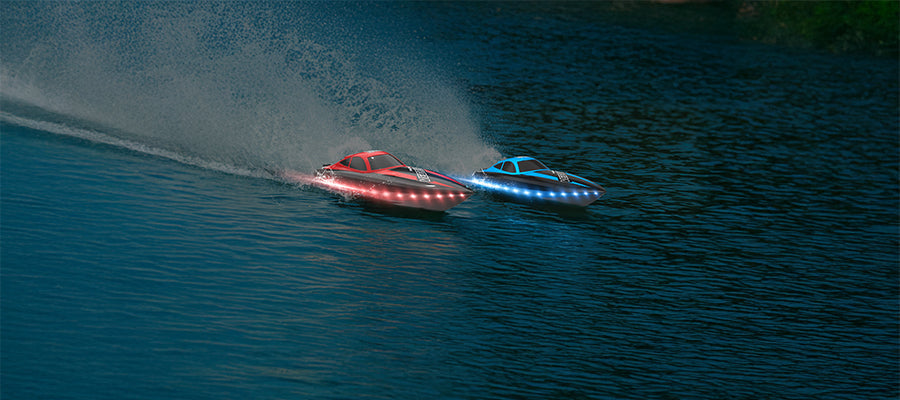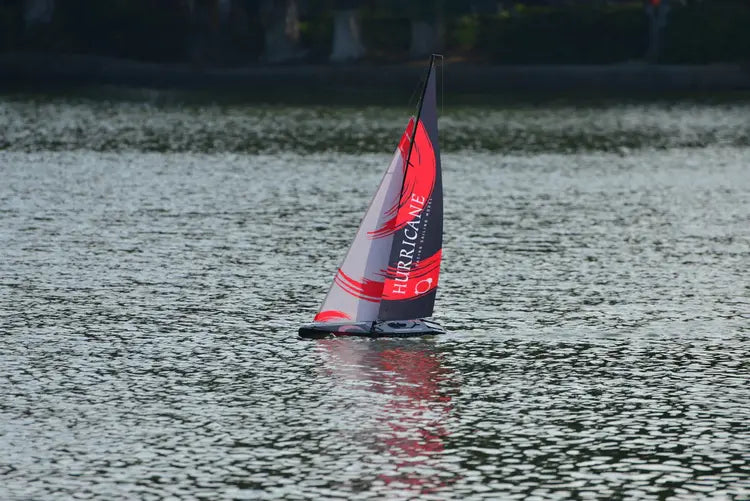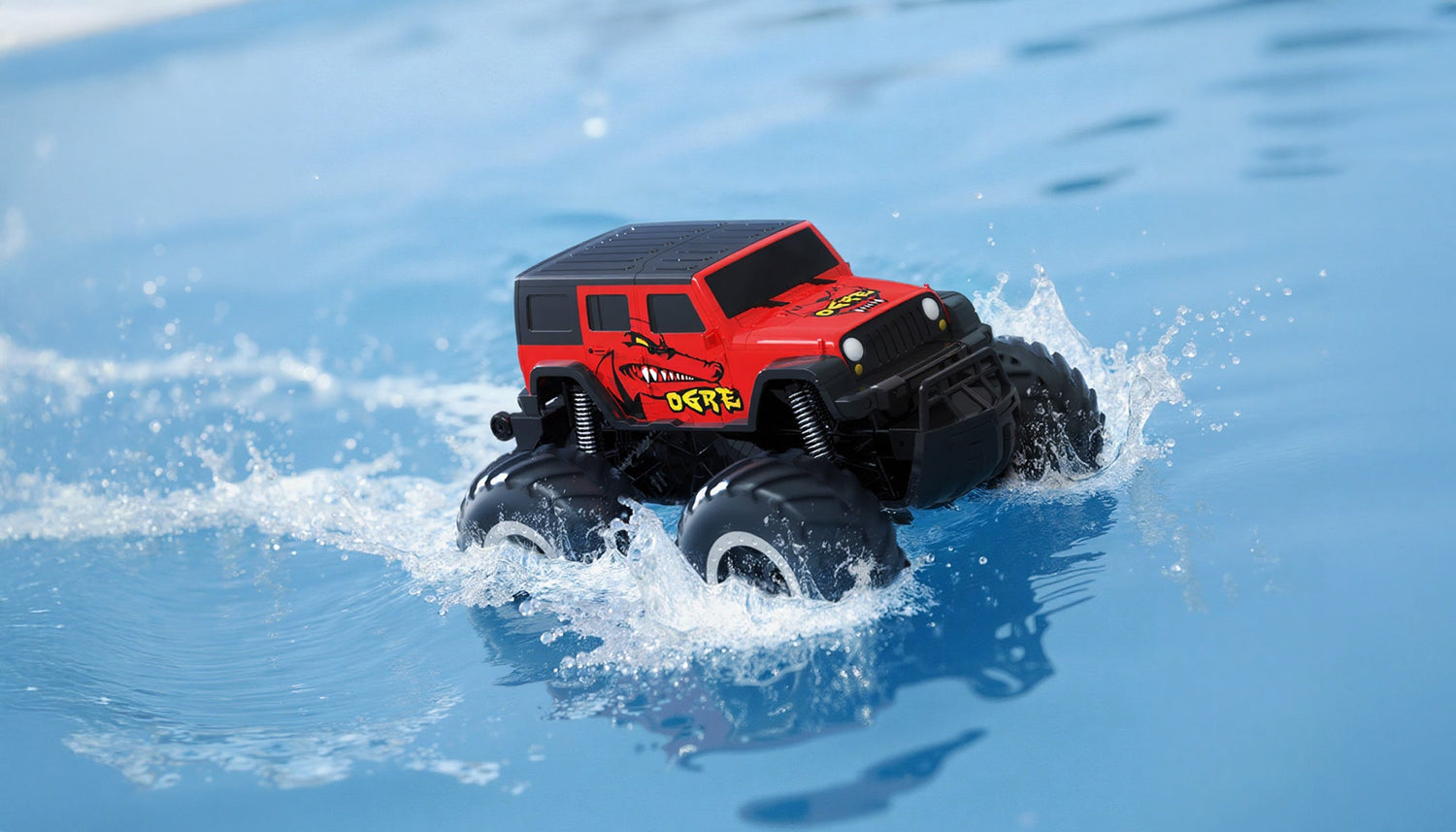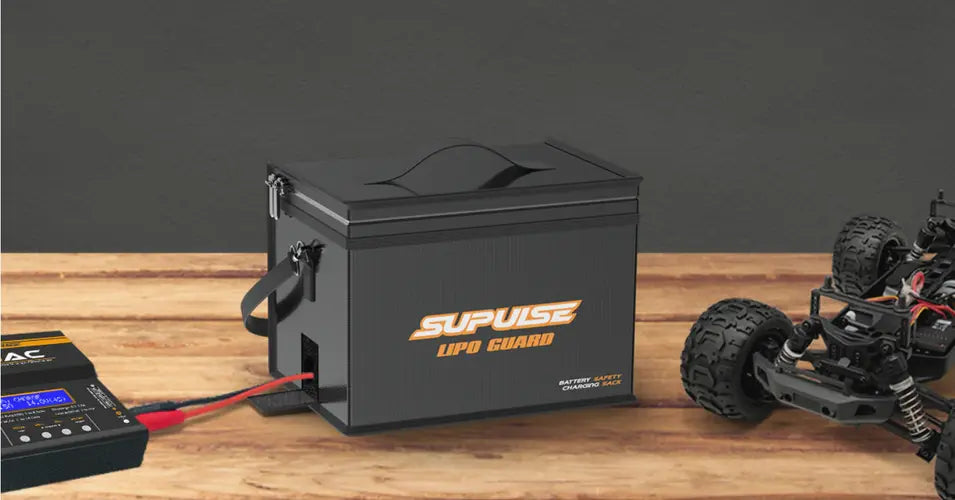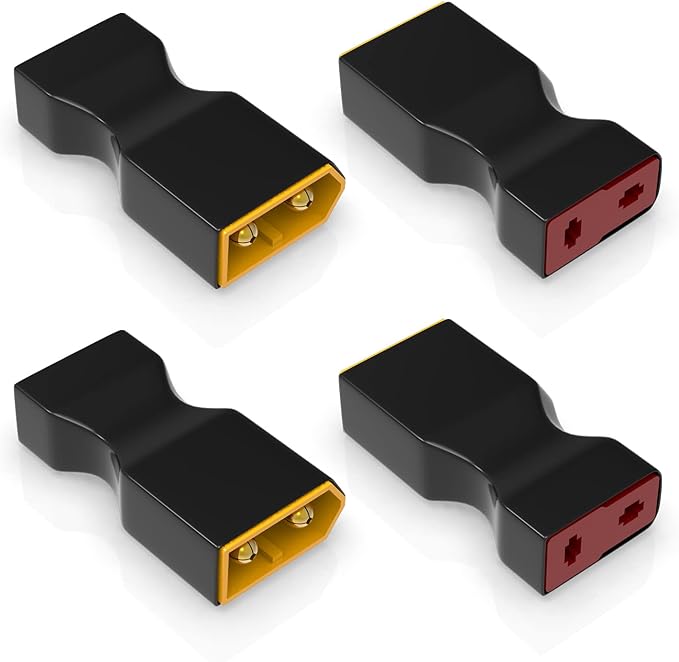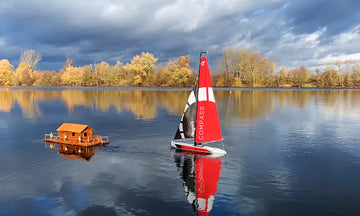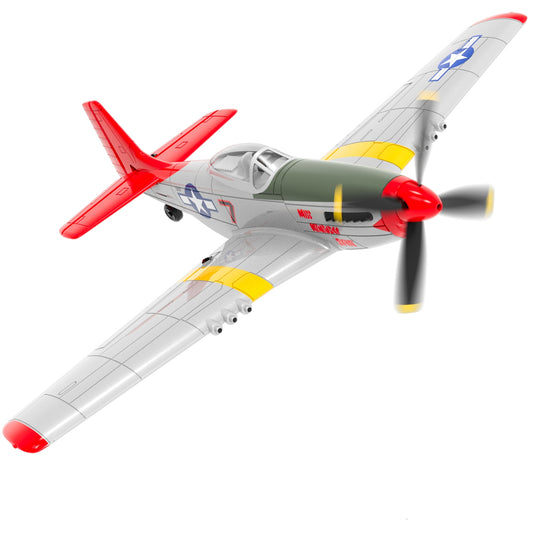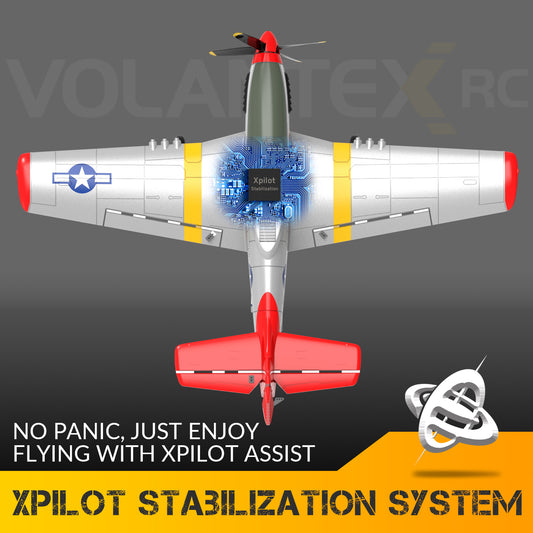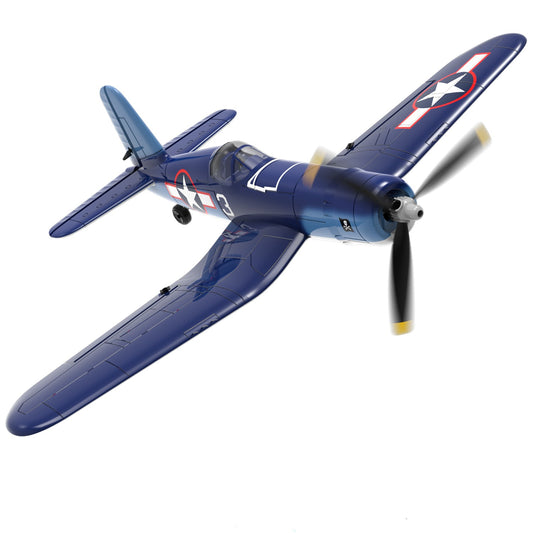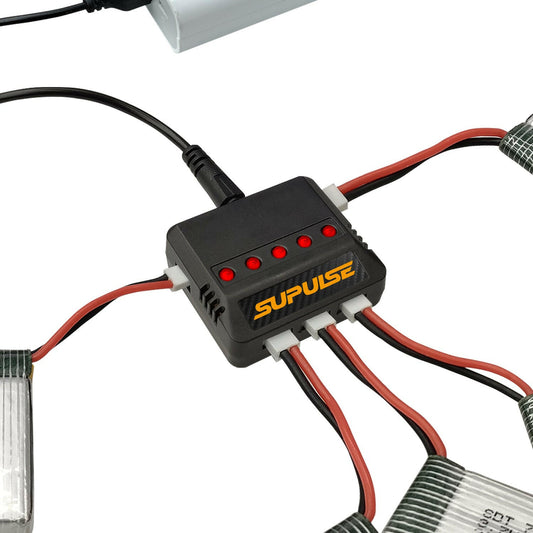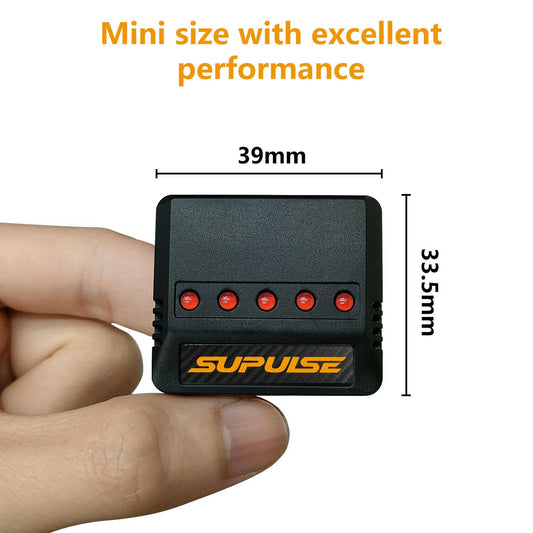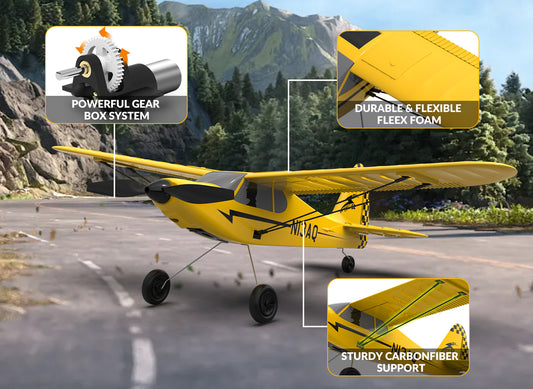To understand how RC sailing works, you need to understand the control of the boat, the effect of wind on the boat, and how the boat works. In this article, you will learn the following important contents:
- RC sailing requires understanding basic maneuvers, selecting appropriate sailing spots, and properly setting up your boat.
- Knowing how to read weather conditions and adjusting controls accordingly is crucial for effective sailing.
- Advanced techniques like tacking, jibing, and understanding upwind and downwind sailing improve navigation.
- Avoiding and recovering from obstacles, along with troubleshooting common issues, ensures safety on the water.
- Practice, awareness, and community support are key for mastering RC sailing skills.
Master those rudimentary steering maneuvers
Main Points: In order to operate your sailboat eficiently, you have to be able to master those rudimentary steering maneuvers. This includes guiding, shifting, accelerating, changing direction, stopping, luffing, or turning away. The hull can twist any direction in relation to the wind under the guidance of the sails. Keep in mind, the movements of your rudder can lead to vast differences in movement of the vessel itself.
Heading Upwind When the boat is turned towards the wind, it is called "heading up" or "luffing up."
When steering more towards the wind, you must pull your sails in, “sheet in,” by pressing the left joystick on the remote controller. Tighten the sails to keep them full and continue generating lift.
There are numerous situations where you may need to head up, including:
- Starting a course closer to the wind, like crossing the start line after the signal, shifting from a broad reach to a close-hauled point.
- Beginning a maneuver to engage with nearby boats.
- Steering closer to a point slightly upwind, such as the mark at the end of the starboard layline.
- Anticipating a wind shift during tacking.
- Accelerating when running downwind.
- Pointing the hull into the wind to de-power the sails, reducing speed when approaching docks or obstacles.
Initiating an upwind course, altering from a close reach to the opposite tack, crossing the wind direction.
Rounding a downwind mark while maintaining a close-hauled course to beat the next upwind leg.
Bearing Away Turning the bow of the boat away from the wind is called "bearing away," "bearing off," or "heading downwind."
You need to release the sails, “ease the sheets,” by gently pushing the left joystick on the remote control upwards.
There are many instances when bearing away is necessary, such as:
- Anticipating a gust from behind while running downwind.
- Accelerating your boat into the wind, or gaining speed after a tack.
- Building speed into a cluster while reaching.
- Changing course (from your close reach) when you need to pass astern of a starboard tack opponent.
- Bearing away from the windward mark.
- Tacking Tacking is turning the bow of the boat into the wind, shifting the sails from one side to the other.
During a tack, the boom of the mainsail (and headsail) will swing from one side to the other.
As discussed in the post on different sail points, sailboats cannot sail directly into the wind due to a roughly 45+45-degree conical "no-go zone." Tacking is the maneuver you must practice to reach a directly upwind position.
When tacking, remember that you must turn the boat at least 90 degrees, or you risk stalling into the wind (“getting stuck in irons”). Aim to carve a smooth arc in the water, moving the rudder control steadily but avoiding abrupt or jerky actions.

RC sailing navigation
Setting Out: Selecting the Right Sailing spot Choosing an appropriate locati0n is an essential step in RC sailing navigation. A large enough stretch of water is needed to ensure that our boats can be comfortably sailed. Moreover, this region should be quite calm, with no rock that could cause any danger to our ships and free from debris or litter which might injure them. Ideal places for remote control sailing include ponds and lakes near town and bays alongside the sea. Consult your local club for more recommendations.
Preparations for Vessel and Accessories
Once you have found your locati0n, set up your boat and accessories properly to start sailing. Make sure your boat is in good condition, and that its various parts--the rudder, sails, and batteries--are all properly mounted. If you're not sure how to do it right refer to the manual of your vessel or ask an expert.
How to Understand the Weather Conditions and Direction of Wind
Before you set sail, make sure that you know the weather conditions and direction of the wind. The strength and course of oncoming winds greatly affect how your boat performs and handle, so it is crucial to familiarize yourself with this in advance. Always check a weather forecast, and carefully note the direction that the wind is coming from when you set out. This will help you to adjust your sails more effectively and maintain control. Also, don 't be sailing when the weather is extreme, such as heavy rain or strong winds; the wind may pose a hazard and damage your vessel.
What Each Control Does provides a clear overview of Basic Controls for Sailing: The basic controls for a RC sailboat are the rudder, sails and sometimes keel, or ballast.The rudder, usually the right joystick in North America, is used to turn the boat left or right; while the sails (often but not always left joystick in North America) dictate speed and direction. Keel or ballast is to help stabilize the ship and avoid capsize.How Each Control Affects the Boat's Movement. By altering the direction of water flow around the boat, the rudder determines which way your boat will proceed. When the rudder turns right, water flows right and your boat turns as well. The reverse happens when the rudder turns left.Sails are managed for both power and direction from the wind. Tilted into the wind e.g., they catch it and drive the boat forward. With a different set of shrouds and a plunging
wind, they make no influence whatever on a ship's forward speed at all.Tips for Adjusting Controls to Achieve Desired Outcomes requires a fine balance between steering, sail position, and wind direction. With sails perpendicular to the wind, rudder position is necessary to steer in a straight line. By pointing or "feathering" sails into the wind for upwind sailing, and then steering towards it, it is possible to sail up against the wind. With sails away from the wind and the boat steered away from it for downwind sailing,
Practice regularly to hone your skills.
Tips for Learning How to Sail—Tacking and Jibing: How to Tack Properly to Change Direction: Tacking and jibing are two basic maneuvers for changing direction when sailing. Tacking is when you turn the boat upwind, which automatically makes the sails change sides. Jibing is used to change direction when you are sailing downwind. It involves turning the boat away from the wind in order to catch the wind on the opposite side of your sails. To perform either of these techniques with skill you must pay attention to the wind direction and sail position, and of course time it just right as you turn.
Sailing Upwind: Here are some Tips for What Works: Sailing upwind in a craft can be challenging, because the boat must travel somewhat into the wind in order to keep itself moving. To sail upwind skillfully, you want to position your sails off-center toward the wind to generate said maximum power. At the same time steer into the wind with your boat. Use tacking techniques whenever a change of direction is necessary, And carefully observe not only wind direction and position of the sails but also nearby watercraft to avoid inefficiencies.
Sailing Downwind: What to do When Sailing Downwind: Downwind sailing can be thrilling, for the boat will gather impressive speed and will have the wind at its back. To sail downwind skillfully, you should position the sails going away from the wind in order to generate maximum power. At the same time pull away from the wind with your boat. Practice jibing techniques whenever there is need for change, And keep a close watch not only on wind direction and position of the sails but also posture to maintain control and avoid overturning.
Identifying Potential Obstacles in the Water: One of the most important skills a modeler must master in sailing model power boats is the ability to predict the possible obstacles his or her vessel will encounter on tillage waters. These potential stumbling blocks can include such things as rocks, well-buoys, other boats, or other obstructions under the water such as weeds and sandbars. Before you set sail for any kind of journey, check the area thoroughly for potential hazards. If there is an on-board camera available, it can be set up and operated.
Techniques to Avoid Collisions: When sailing, in order to steer clear of other ships or obstructions, there are many ways one can use. One way is to keep your eyes wide open and look out ahead on the water for signs of obstacles or boats. Another way is simply to steer well clear of other boats, and to stay away from crowded passages in which there's a high likelihood that you will collide with someone else. As the boat changes course, by using its rudder and sails and altering speed, it can be guided quickly around any danger. You can then maneuver back into a safe course by steering clear of the object ahead and setting time for calm discussion about what to do next.
Common Problems
Before going back out into the water, also check for any damage incurred and do necessary repairs. Be sure to carefully inspect the ballast/keel, rudder, and entire hull.
Troubleshoot Common Problems and Their Solutions: Several common problems might occur while sailing an RC boat, including capsizing, becoming entangled in weeds or other debris, and electrical or mechanical failures. To resolve these difficulties, you will need some basic tools and spare parts, as well as a comprehensive knowledge of how the boat’s components operate.
Capsizing: If your boat capsizes, the first thing to do is rescue it with a full-sized vessel. After retrieving it, drain as much water from the hull as possible immediately. Check the boat’s radio compartment for water. If water has seeped into the receiver or servo system, carefully use a heat gun to dry it.
If Weeds or Debris Entangle Your Boat
Free it with the rudder and sails. If that doesn't work, you'll want to bring out a full-sized boat and go out manually to get it loose without bending the rudder or breaking the keel.
Electrical or Mechanical Failures
When these disasters come upon the sailor, solve their problems and do the necessary repair. Comment problems include battery leakage connections (in place), servo system crashes or even the systems themselves do not work any more. Make sure to carry spare batteries, wires, etc. If it’s too far, then you can row back home and come from there.
Things That You Should Remember at the End You must practise and be patient before you can sail efficiently. Whatever you do, do it safely and always take care not to be caught in a dangerous situation as a result of any wrong moves while sailing. The ship may tilt unsuspectedly under even mild winds. Know what wind speed suits your hull or rigging maximum. Spare parts, tools, batteries, and chargers can be packed in your luggage when out on the water. Joining a local motor racing club or community will help you meet others who can give advice about improving both sailing techniques and boat control skills. Good luck!


